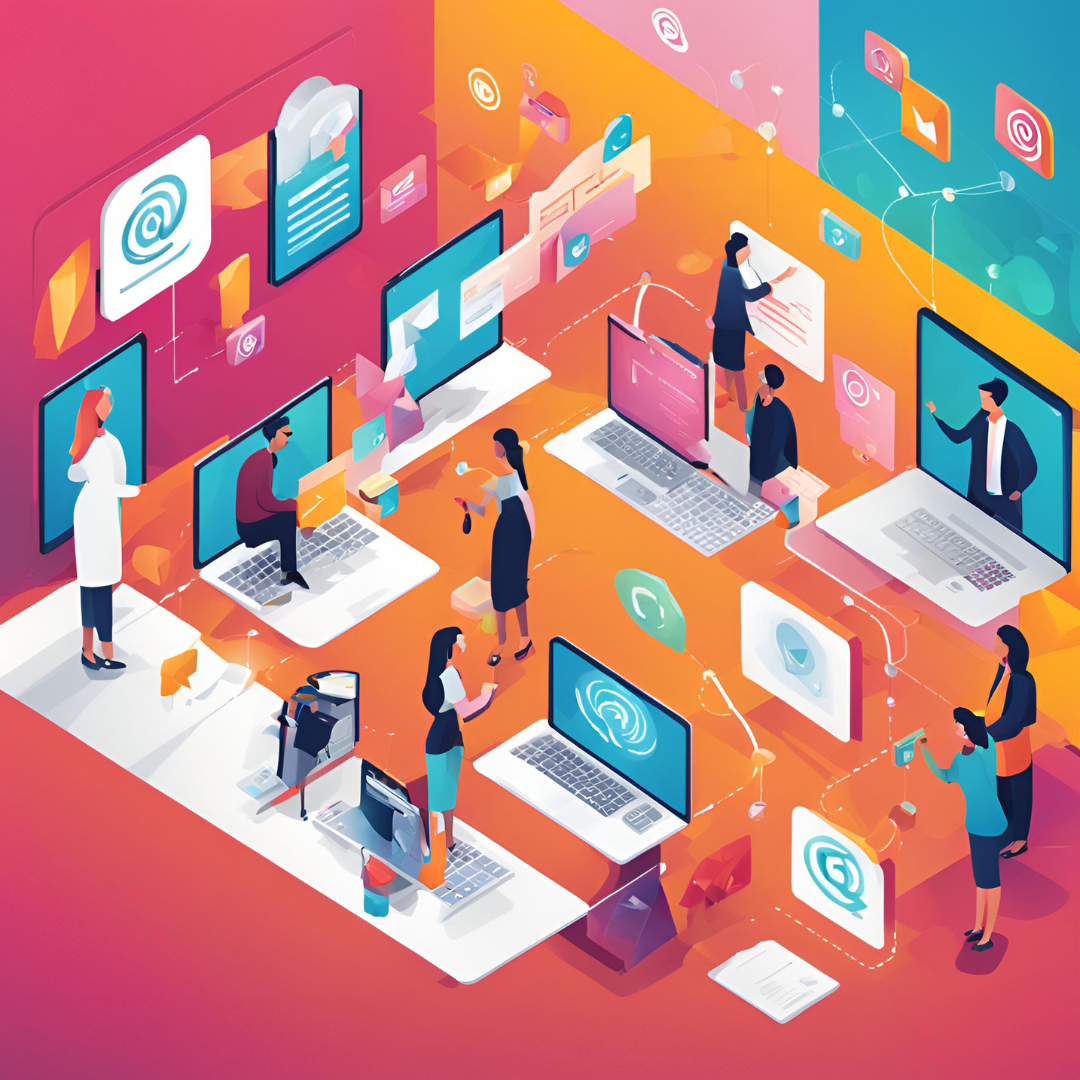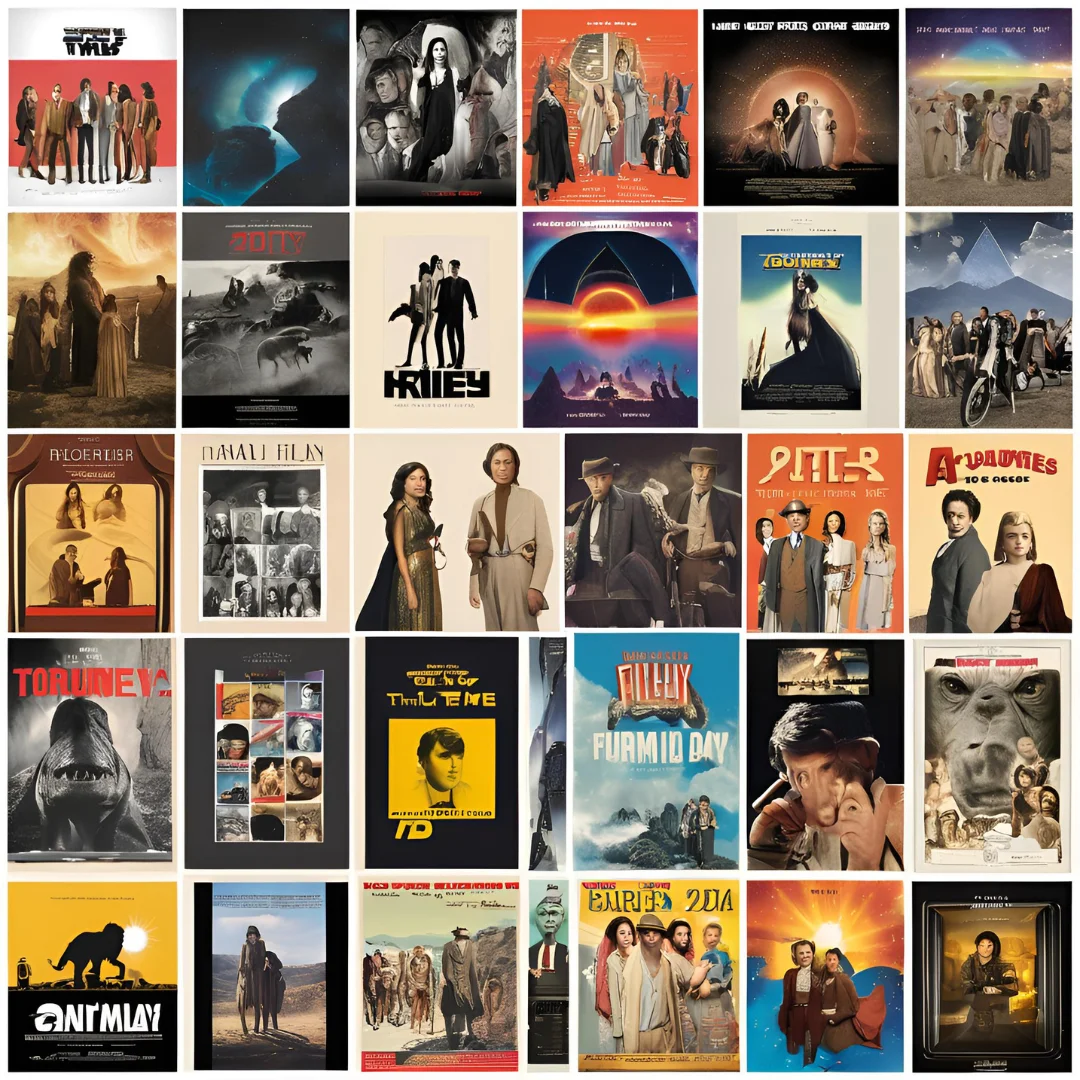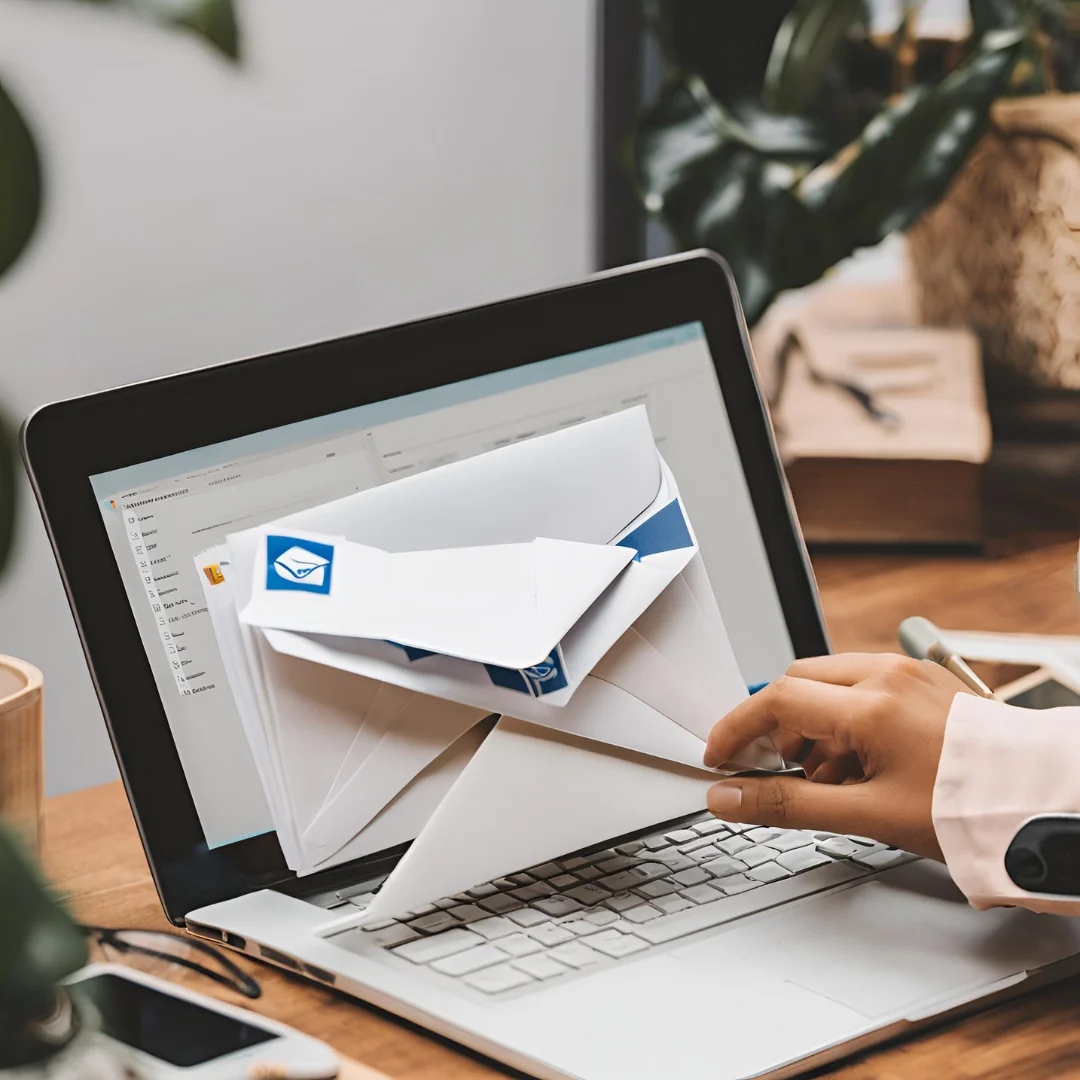From being a general instrument for mass communication, email marketing has advanced significantly. Email segmentation is now essential for success due to the growth of hyper-targeted marketing and tailored content. Marketers must handle email marketing strategically if they want to stand out in congested inboxes and create lasting relationships with their audience. One of the most effective strategies for delivering messages that connect with recipients and personalizing content is segmentation, which raises engagement and conversions.
This comprehensive blog will delve into the importance of email segmentation, key strategies, and practical tips on how to execute them effectively for modern email marketers.
What Is Email Segmentation?
The process of breaking up your email subscriber list into more manageable, targeted groups according to common traits, habits, or preferences is known as email segmentation. Segmentation is based on the theory that recipients are more likely to interact with, act with, and convert when emails are more pertinent to their needs and interests.
Even while a generic email campaign may be simpler to implement, segmented campaigns usually yield better results. Marketers can use segmentation to customize their messaging for various groups according on characteristics like engagement level, behavior, and demographics.
By segmenting your email list, you can send the correct message to the right individuals at the right time, resulting in a better customer experience, more loyalty, and eventually more conversions.
Key Email Segmentation Strategies
Now that we understand why segmentation is important, let’s take a closer look at the various strategies marketers can use to segment their email lists effectively.
1. Demographic Segmentation
One of the most popular segmentation strategies employed by email marketers is demographic segmentation. It entails segmenting your audience according to important demographic information, including age, gender, income, education, occupation, or region. By giving you a glimpse of your subscribers' characteristics, demographics enable you to customize your email messages.
For instance, based on a customer's gender, an online clothes retailer can recommend various products or run different discounts. To provide skincare products that are appropriate for various age groups, a beauty brand may divide up their emails based on age. Additionally, a worldwide brand might use geographic segmentation to distribute language-specific information, event invites, or localized offers to various locations.
2. Behavioral Segmentation
Your audience is grouped via behavioral segmentation according to their interactions with your brand. This involves monitoring activities including website visits, email open rates, click-through rates, past purchases, and surfing habits. You can provide timely, pertinent material to promote additional engagement by using behavioral segmentation to pinpoint specific interests and intent.
For example:
-
Cart Abandonment: Sending a reminder email with a reward can encourage a subscriber to complete the transaction if they add products to their basket but don't finish the buy.
-
Engagement Patterns: To increase the click-through rate, you may try using new subject lines or calls-to-action if a subscriber regularly reads your emails but never clicks on any links.
Behavioral segmentation allows marketers to send more personalized emails that are highly relevant to the recipient’s actions.
3. Transactional Segmentation
Segmenting your list according to past purchases or actions associated with a particular transaction is known as transactional segmentation. You may write tailored emails that foster relationships and boost repeat business by looking at your consumers' purchasing patterns.
For example:
-
First-Time Buyers: You can send a welcome email to a customer with a special discount or recommendation depending on their first purchase.
-
Repeat Buyers: You can entice regular buyers who are loyal to your business by providing them with unique deals or loyalty awards.
-
Post-Purchase: Follow-up emails that ask for feedback on the purchase experience or offer related products can boost customer satisfaction and encourage repeat business.
4. Lifecycle Stage Segmentation
The basis for customer lifecycle segmentation is the subscriber's current stage in their relationship with your brand. Leads, prospects, active customers, and advocates are common lifecycle stages. You can distribute the most pertinent material at each step of your audience's lifecycle by knowing where they are.
For example:
-
Leads: You can send them offers or instructional materials to help them go through the sales funnel when they download an eBook or sign up for your newsletter.
-
Prospects: You can send customized offers or demos to prospects who have expressed interest in your products but haven't bought them yet to encourage them to do so.
-
Customers: You can ask someone to join a loyalty club or send post-buy emails with product recommendations after they've completed a purchase.
-
Advocates: These are your most devoted clients. You might ask for testimonials, send them special offers, or motivate them to recommend others.
By tailoring your emails based on lifecycle stage, you ensure your messages are timely and aligned with your recipients’ current needs.
5. Engagement-Based Segmentation
Customers are grouped by engagement segmentation according on how they respond to your emails. It is among the best methods for keeping a clean, active list and enhancing email performance in general.
For example:
-
Highly Engaged Subscribers: These clients regularly read, click, and interact with your emails. You can send them VIP deals, sneak peeks, or unique material.
-
Inactive Subscribers: These subscribers are no longer responding to your emails. You may try a re-engagement campaign, like reminding them of the benefits of continuing to subscribe or giving them a special discount.
By focusing on engagement, you can optimize your emails for better open rates, click-through rates, and conversions.
6. Psychographic Segmentation
Psychographic segmentation considers your audience's values, interests, lifestyle choices, and preferences. It focuses less on the characteristics or actions of customers and more on comprehending the reasons behind their purchasing decisions.
For example:
-
Lifestyle: You may deliver workout-related products or fitness advice to a subset of your audience that you know is interested in fitness.
-
Values: You can convey information about your company's eco-friendly products or sustainable operations to an audience that cares about the environment.
Psychographic segmentation allows for deeper, more meaningful connections with your audience, improving customer loyalty and brand advocacy.
Conclusion
For contemporary marketers looking to develop highly targeted, pertinent, and customized email campaigns, email segmentation is a crucial tactic. You can make sure that your emails connect with your audience and increase engagement and conversions by segmenting your list according to demographics, behavior, lifecycle stage, and other criteria.
Selecting suitable segmentation criteria, gathering pertinent data, and regularly adjusting your plan in light of performance data are all necessary for segmentation implementation. When done correctly, email segmentation may improve customer satisfaction, boost conversions, and create enduring bonds with your audience.
By spending money on segmentation, you're not only making the most of your email marketing efforts but also developing a more effective, relevant, and individualized channel of connection with your clients.




